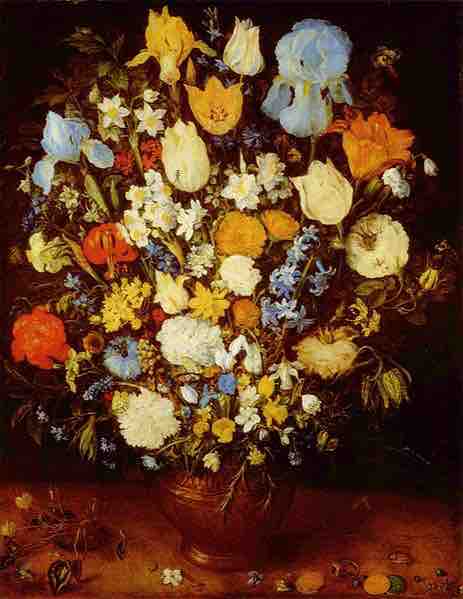Shape refers to an area in two-dimensional space that is defined by edges. Shapes are, by definition, always flat in nature and can be geometric (e.g., a circle, square, or pyramid) or organic (e.g., a leaf or a chair). Shapes can be created by placing two different textures, or shape-groups, next to each other, thereby creating an enclosed area, such as a painting of an object floating in water.
"Positive space" refers to the space of the defined shape, or figure. Typically, the positive space is the subject of an artwork. "Negative space" refers to the space that exists around and between one or more shapes. Positive and negative space can become difficult to distinguish from each other in more abstract works.
A "plane" refers to any surface area within space. In two-dimensional art, the "picture plane" is the flat surface that the image is created upon, such as paper, canvas, or wood. Three-dimensional figures may be depicted on the flat picture plane through the use of the artistic elements to imply depth and volume, as seen in the painting Small Bouquet of Flowers in a Ceramic Vase by Jan Brueghel the Elder.

Jan Brueghel the Elder, Small Bouquet of Flowers in a Ceramic Vase, 1599
Three-dimensional figures may be depicted on the flat picture plane through the use of the artistic elements to imply depth and volume.
"Form" is a concept that is related to shape. Combining two or more shapes can create a three-dimensional shape. Form is always considered three-dimensional as it exhibits volume—or height, width, and depth. Art makes use of both actual and implied volume.
While three-dimensional forms, such as sculpture, have volume inherently, volume can also be simulated, or implied, in a two-dimensional work such as a painting. Shape, volume, and space—whether actual or implied—are the basis of the perception of reality.